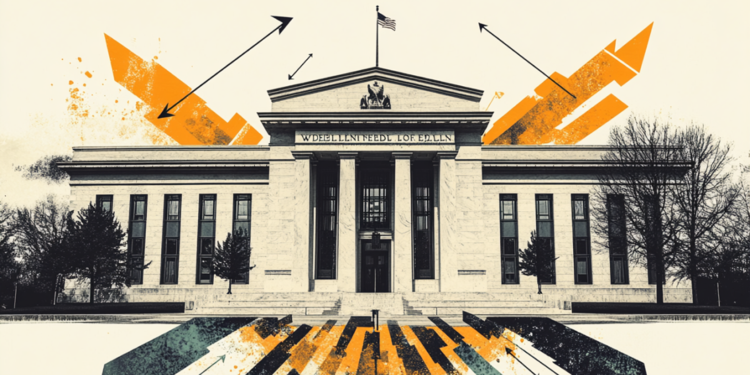The successive drops recorded in the unemployment rate – which, in the quarter ended in September, fell to 8.7%, the lowest number since June 2015 -, still reflect a process of resumption of the job market after the pandemic, according to experts consulted by the Ministry of Health. CNN Brasil Business . The engine of this scenario has been the service sector, which has suffered the most from the effects of the health crisis.
“There was a rapid recovery in the sectors most affected by the pandemic. For example, there was a huge leap in education activities, as schools returned and extracurricular activities, which employ a lot of people, too”, comments Fernando Holanda Barbosa Filho, senior researcher in the area of Applied Economics at the Brazilian Institute of Economics at Getulio Vargas Foundation (FGV Ibre).
“Last year, the country had a strong recovery in Gross Domestic Product (GDP), but weak in employment. It was, so to speak, a ‘jobless recovery’. The sectors that were hot were product-intensive, but not labor-intensive. This year the opposite happened: sectors that are intensive in labor, but relatively weak in terms of GDP, had a strong recovery. This explains, in my view, the heating up of the job market, especially at the beginning of the year.”
The data, measured by Pnad Contínua (Continuous National Household Sample Survey), also show that the number of employed persons grew 1% over the quarter, reaching a new record in the historical series, which began in 2012.
Now, there are 99.3 million people who work at least one full hour during the week with remuneration, whether in cash, benefits, products or perks.
For the chief economist at Banco Inter, Rafaela Vitoria, the good performance of the job market this year is also partly explained by the growth of the economy as a whole. The “GDP preview”, measured by the Central Bank’s IBC-Br indicator, registered a rise of 1.17% in July compared to the previous month.
Rodolfo Tobler, also an economist at FGV Ibre, interprets it in a similar way. For him, in addition to the recovery of the services sector, mainly in commerce, the recovery of the economy in the 2nd and 3rd quarters boosted the creation of jobs.
“The main challenge going forward is a possible slowdown in activity, as the pandemic is getting off the radar. It will be the performance of the economy that will dictate the job market”, he said, in an interview with live CNN this morning.
“The moment still has very high interest rates, at 13.75% per year, which have not yet had an effect. For next year, the trend is for a slowdown in the economy to control inflation, which will naturally slow down the job market as well.”
For him, the end of this year should show a milder drop in the unemployment rate, or even a scenario of stability, while 2023 possibly holds a less heated labor market.
Another worrying fact, according to Fernando Holanda, is that even though the underutilization of labor shows a drop, the number of underused workers, who work fewer hours than they would like, is still high.
Informality on the rise
Pnad also brought a scenario of stability in the contingent of workers without a formal contract, at 13.2 million people. This is the highest level since the beginning of the historical series in 2012.
At the same time, the number of those with formal employment increased by 1.3% in relation to the previous quarter, to the level of 36.3 million people. In the annual comparison, it grew 8.2%.
For Holanda, this is a characteristic of the Brazilian economy, which “has always had a duality of high informal employment with high formal employment”.
“The number of workers with a formal contract is at the highest level since the crisis of 2015 and 2016, which, in my opinion, should be the reference for comparison in the labor market, and not the pandemic. With 36.3 million people formally employed, the standard is good. It used to be better, especially before 2015, but it’s still good.”
Tobler also says that formal employment has costs, so “the employer needs economic predictability to open vacancies and selective processes”. The good performance of the economy this year, in his view, helps to understand why this way of entering the job market has gone well. For 2023, however, things may change.
Source: CNN Brasil
Joe Jameson, a technology journalist with over 2 years of experience, writes for top online news websites. Specializing in the field of technology, Joe provides insights into the latest advancements in the industry. Currently, he contributes to covering the world stock market.







